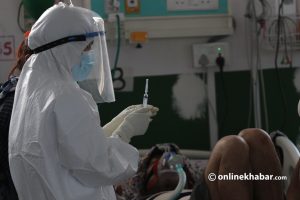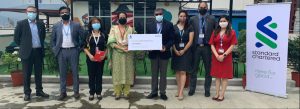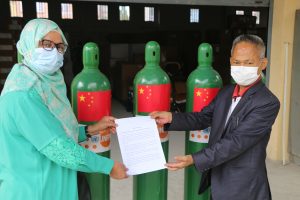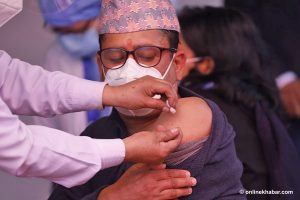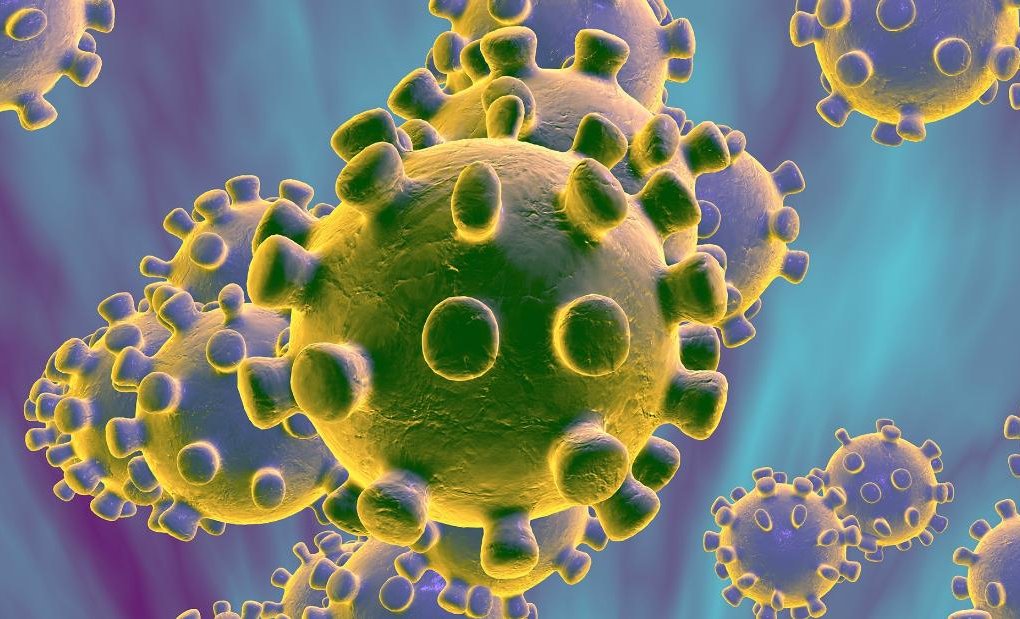
The Covid-19 has become a global health crisis. There are certain tendencies regarding the trends of incidence, clinical manifestations, and outcomes of the disease. The possible association of the gross national income with the epidemiological aspects of Covid-19 has not been studied and reported yet. In the list of Covid-19-affected countries, 20 countries belong to the high-income and upper-middle-income status. Most of the low-income countries have less than 500 cases of the Covid-19.
Health care is informed first by a scientific and medical understanding of how to prevent and treat the disease. The economy plays a key role in policymaking and its implementation to provide adequate health care. It may also help in prioritising interventions to make the best use of resources, particularly in low-income countries and at the time when there is scarcity.
The incidence of the pandemic will not remain low in low-income countries. The response of these countries to the pandemic will also not be the same as in high-income countries. The scarcity of resources in low-income countries demands a strategic allocation and economical utilisation. The government may categorise resources into basic, limited, enhanced and maximal, then prioritise following its location or health institution. At the same time, providing limited to an enhanced level of interventions in a peripheral set-up and maximum level of interventions in a tertiary set-up are highly important. A well-planned allocation and utilisation of resources are warranted to tackle the limitation of resources.
Nepal, being a low-income country, should have its national policy in combating Covid-19 based on its own needs and availability of resources. The Ministry of Health and Population of the Government of Nepal published Nepal Health Sector Strategy (NHSS) 2015 to guide the health sector of Nepal from 2015 to 2020. It guides the health sector’s response in realising the government’s vision to graduate Nepal from the status of a ‘least developed country’ to a ‘middle income developing country’ by 2022. Needless to mention, the NHSS was not formulated to assist combating a pandemic.
The total population of Nepal is 26.6 million and the current life expectancy of Nepalis is 66.6 years (NHSS 2015). Only about 5.5 per cent of the population of Nepal is 65 years or over and about 51 per cent of it is younger than 24 years. The high-risk group of population to the Covid-19 is older than 65 years of age or individuals with chronic morbidities. The mortality rate of Covid-19 is significantly high in this group of patients in developed countries, but the proportion of this age group is small in Nepal compared to the developed countries. This may keep the mortality rate low in Nepal. According to the distribution of population by age, the number of younger people will outnumber the number of older people affected by the pandemic in Nepal.
Once the pandemic is over, there will be a tremendous need for effective counselling, and rehabilitation of the population. In particular, the younger population will be very important to revive the economy. The country should plan for it beforehand.




